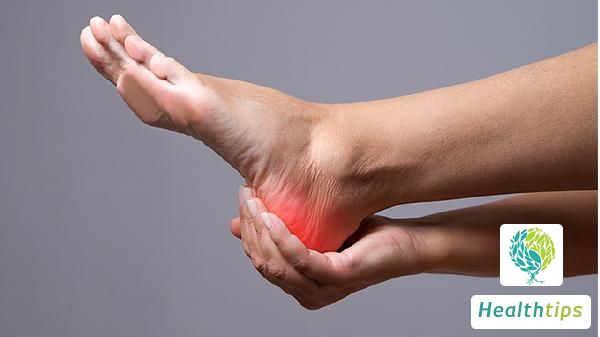"How to Treat Leg Cramps in Elderly Individuals?"
Leg Cramps in the Elderly: Causes and Effective Treatments

Leg cramps are a common health issue among the elderly, causing inconvenience and pain in their daily lives. This article will discuss the reasons behind leg cramps in the elderly and provide some effective treatment methods.
1. Causes of Leg Cramps in the Elderly
1. Lack of Exercise: As people age, their physical activity may decrease, leading to muscle atrophy and poor blood circulation, which can trigger leg cramps.
2. Malnutrition: Elderly individuals may lack essential nutrients such as calcium, magnesium, potassium, and vitamin D, which are crucial for muscle health.
3. Muscle Fatigue: Prolonged standing, walking, or exercise can cause muscle fatigue and lead to leg cramps.
4. Poor Blood Circulation: Elderly people may experience impeded blood flow, resulting in local muscle hypoxia and subsequent cramps.
5. Improper Sleep Posture: Incorrect sleeping positions, such as pressure on the legs or excessive stretching, can also cause leg cramps.
2. Treatment Methods for Leg Cramps in the Elderly
1. Hot Compress: Applying a warm towel to the leg can promote blood circulation, relieving muscle tension and pain.
2. Massage: Gently massaging the calf muscles stimulates blood and qi circulation, alleviating cramps.
3. Foot Bath: Soaking the feet in warm water enhances lower limb blood circulation, helping to relieve leg cramps.
4. Static Stretching: Pushing the soles of the feet upwards and stretching the toes can stretch the calf muscles, providing relief from cramps.
5. Nutrient Supplementation: Elderly individuals should ensure adequate intake of minerals like calcium, magnesium, potassium, and vitamin D through food or supplements to meet their bodily needs.
6. Appropriate Exercise: Engaging in moderate exercises like walking and Tai Chi can strengthen muscles and improve blood circulation.
7. Sleep Position Adjustment: Maintaining a proper sleeping position, avoiding pressure or excessive stretching of the legs, can reduce leg cramps.
8. Avoiding Overexertion: Elderly people should refrain from prolonged standing or walking, taking breaks to prevent muscle fatigue.
9. Seeking Medical Assistance: If leg cramps occur frequently accompanied by other symptoms like swelling or pain, seeking prompt medical attention from a professional doctor is recommended.
In conclusion, various factors contribute to leg cramps in the elderly, including lack of exercise, malnutrition, muscle fatigue, poor blood circulation, and improper sleep posture. Effective remedies include hot compresses, massages, foot baths, static stretching, nutrient supplementation, appropriate exercise, sleep position adjustments, avoiding overexertion, and seeking medical help when necessary. Through comprehensive treatment and management, elderly individuals can alleviate the pain of leg cramps and enhance their quality of life.



















